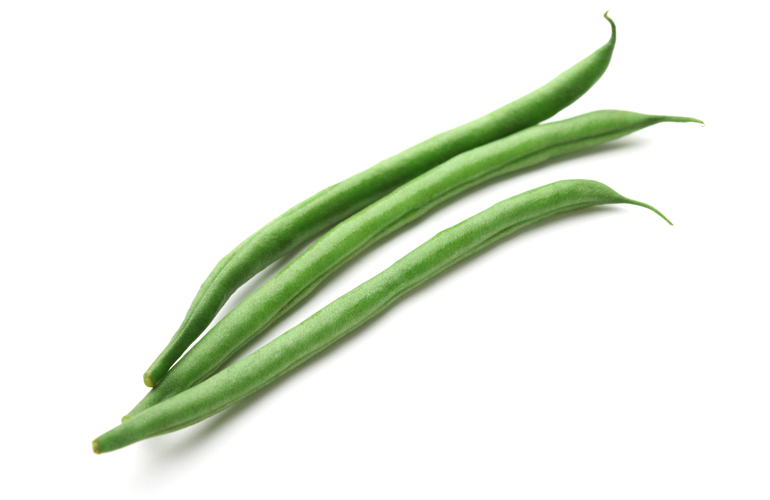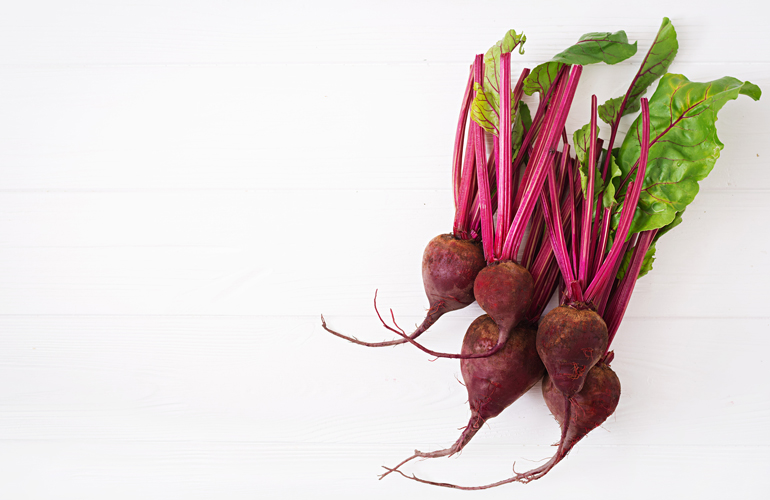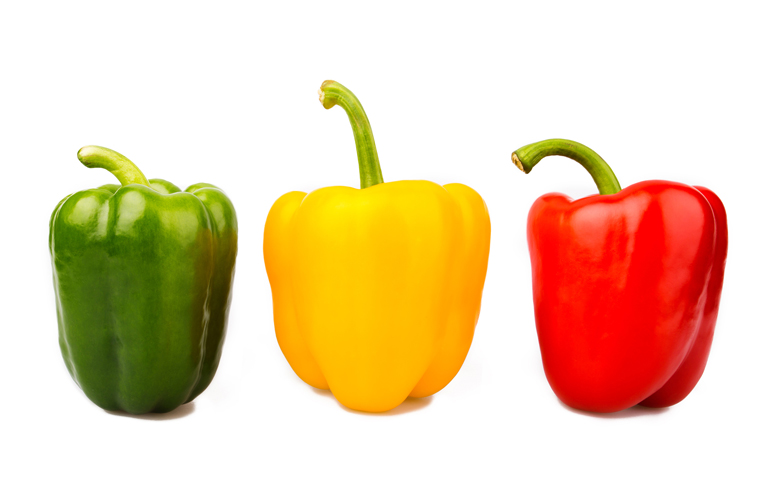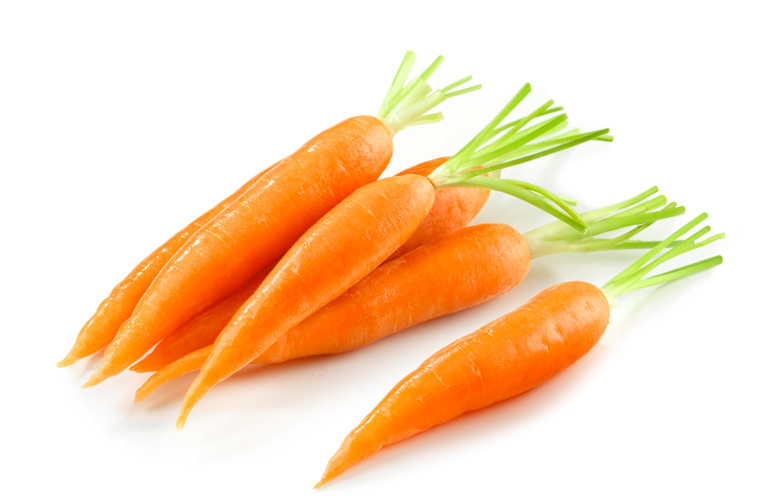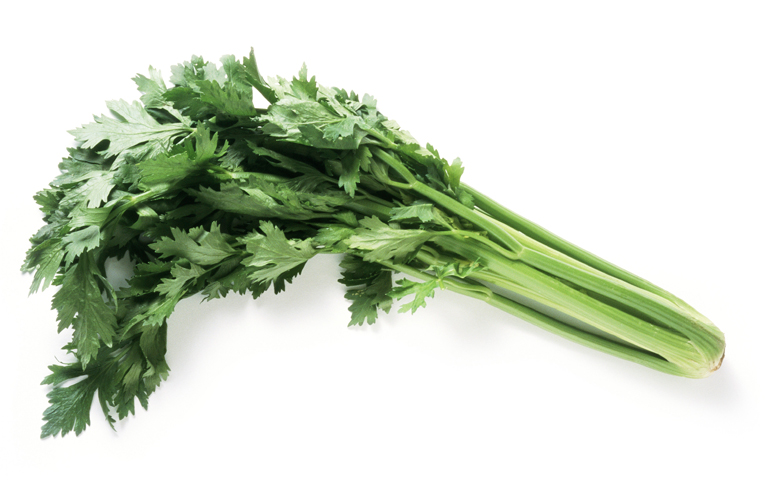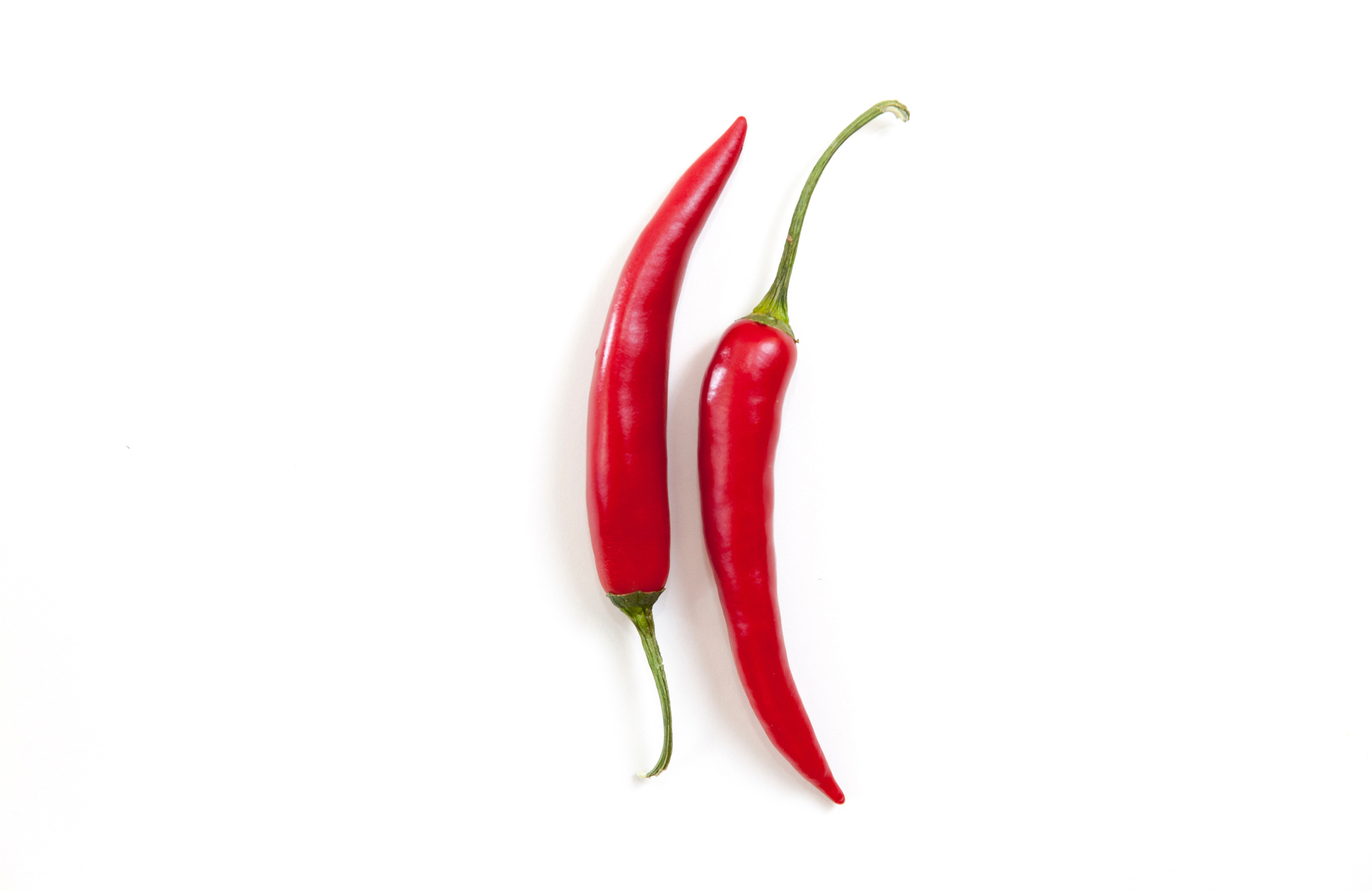Home-grown heroes
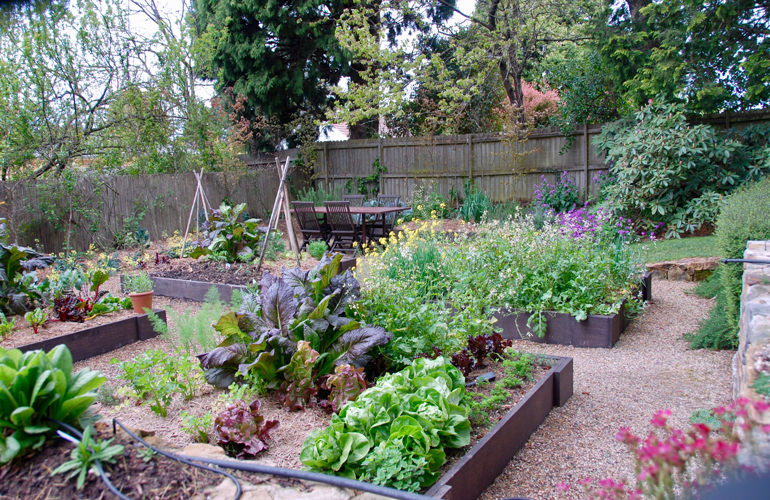
The awareness of the benefits of homegrown food is, excuse the pun, growing and growing. With the move to reducing our carbon footprint and eating chemical-free food, the modern garden is becoming a useful garden. And this trend towards sustainability has seen the vegetable garden take pride of place.
To see the front garden brimming with edible produce rather than flowering petunias is increasingly popular. And it’s not unusual to find small verandahs in apartment blocks proudly display pots of herbs and salad greens.
Growing your own vegetables is one of life’s pleasures and children love getting involved. The best news is it’s easy to do. We show you how.
Getting started
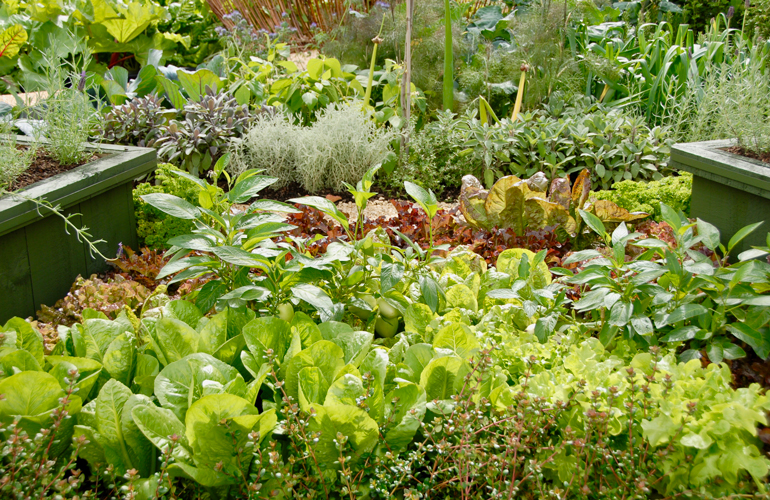
It’s a good idea to grow your vegetables as organically as possible so that your homegrown produce will be rich in beneficial vitamins and minerals and free from poisonous chemicals.
Organic gardening is also best maintaining the delicate balance of nature. Chemical sprays can alter this balance by killing off beneficial insects like parasitic wasps, hoverflies, lacewings, assassin bugs and ladybirds.
To attract beneficial insects to your garden, grow flowering plants from the daisy (Asteraceae), carrot (Apiaceae) and mint (Lamiaceae) families as they provide excellent sources of pollen and nectar that they love.
How to grow

Follow a few basic principles and you will be rewarded with a good crop. But before you embark on your new vegetable plot decide on how much time you have to tend it. If in doubt start off small as you can always expand.
Choose the position
Vegetables grow anywhere as long as it is sunny. If you have the space make a conventional vegetable bed, but if space is limited you can grow vegetables among the flowers. You can make the bed directly on the ground or build raised beds.
You can also grow vegetables in large pots, troughs and raised corrugated or wooden beds. Always use a potting mix formulated for herbs and vegetables.
Best conditions
Vegetables need a sunny position that is protected from wind. Sheltered vegetable gardens increase their yield by as much as 50 per cent. If you only have a windy spot, make a cheap and easy windbreak with nylon netting or shade cloth battened to posts.
Vegetables love a moist but free-draining soil. If the position has a drainage problem, raised beds will solve the problem. If the soil is very sandy and free-draining, add lots of compost and poultry or cow manure regularly to help hold moisture in the soil. Alternatively, you can create raised beds, too.
Prepare the bed
Use a hoe to remove weeds from the bed. Or, solarise weeds to kill them: place black plastic over the area, anchor it with rocks and leave for a month. The heat will cook and kill the weeds. Once any weeds have been removed, dig the garden to the depth of your spade, taking care to remove any rocks from the bed.
Next, dig in compost and cow or chicken manure over the entire bed. Organic matter adds structure to the soil, helps to retain water and slowly releases nutrients. It also restores plant residue to the soil and this in turn feeds the bacteria, fungi, insects and earthworms that prepare soil for living plants. The more compost and manure you add, the richer the soil will become and the healthier your vegetables will be.
Check the pH of your soil with a pH testing kit. If it is acidic, add some dolomite or liquid lime. Most vegetables like of pH of around 6.5.
Feed your produce
Even with compost and manure already added to the soil, your vegetables appreciate extra fertiliser as they grow. The quicker the vegetables grow, the more tender and sweet they are. Always water the soil before and after adding fertiliser.
Add mulch
A layer of mulch conserves moisture in the soil, improves soil structure as it breaks down, keeps the soil cool and keeps vegetables growing steadily. Lucerne hay, pea straw or sugar cane are ideal mulches for vegetable beds and pots.
Water regularly
Vegetables need regular watering to keep them succulent and tasty. How often you water depends on the weather, but don’t let the soil dry out. Water in the morning at ground level to prevent fungal diseases. Now read on to find out what to grow.


